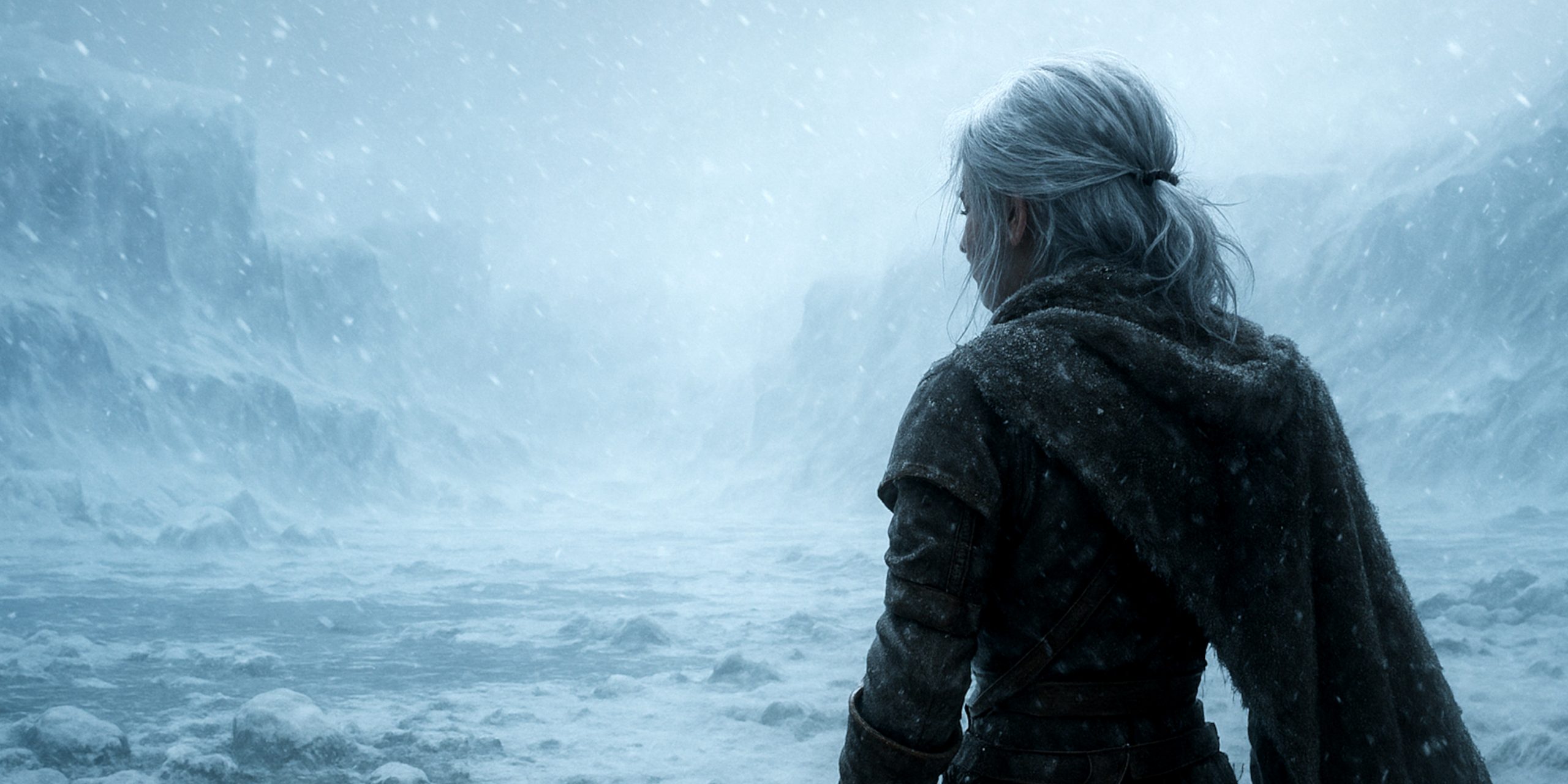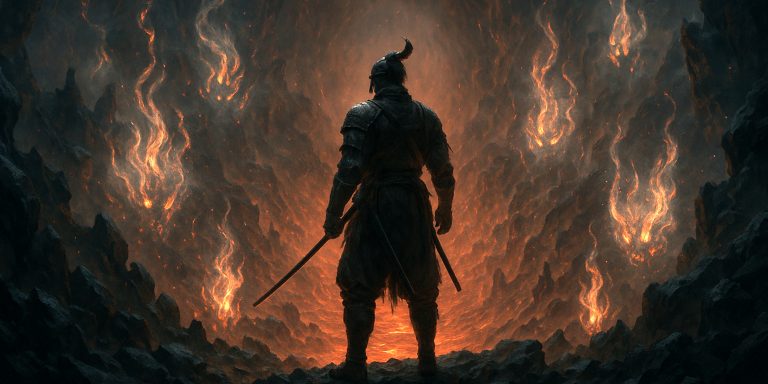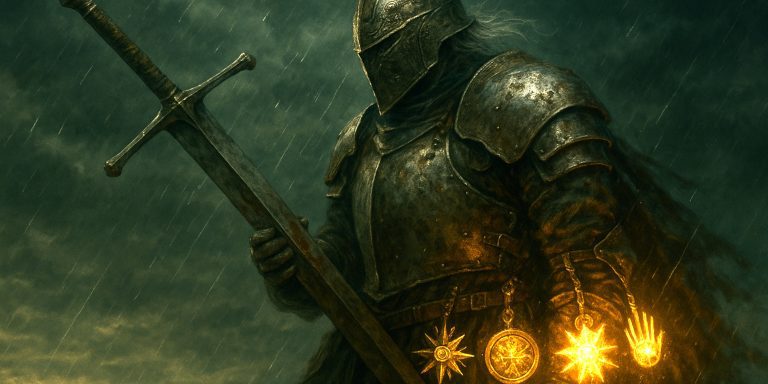
The White Frost in The Witcher 3: Wild Hunt is a metaphysical force tied to prophecy, elven cosmology, and the end of the known world. Its meaning evolves across the Witcher games, the books by Andrzej Sapkowski, and in fan interpretation. Let’s outline what we know about the White Frost, how it ties into Ciri’s story, and what implications it holds for the future of the Continent.
What is the White Frost?
The White Frost is an existential, apocalyptic event believed to bring about the death of all life on the Continent. It is often described as a glacial cataclysm that will encase the world in ice, wiping out civilisation. While it initially seems like a myth or symbolic threat, by the end of The Witcher 3, it is revealed to be frighteningly real and imminent.
From an in-game standpoint, it manifests as a creeping cosmic cold, unstoppable by conventional means. It is not merely weather or climate change, but a force capable of swallowing worlds. According to Ithlinne’s Prophecy, the White Frost will destroy the world unless one chosen of Elder Blood can stop it.
The Prophecy and Elder Blood
Much of the mythos surrounding the White Frost is derived from Ithlinne’s Prophecy, a prediction made by an elven seer:
“The time of the sword and axe is nigh… The time of the White Frost and White Light approaches… Only the Elder Blood can stop the end.”
Ciri, a descendant of Lara Dorren, possesses Elder Blood. This unique genetic trait, linked to powerful magical potential and dimensional travel, places her at the centre of the world’s survival. The prophecy implies that only someone like Ciri has the power to either prevent or survive the White Frost.
Throughout The Witcher 3, players see glimpses of this fate, but it is not until the final act that the full truth is revealed.
Is the White Frost a Force or a Metaphor?
The ambiguity of the White Frost is part of what makes it so compelling. It may be a literal multiversal threat or a symbolic stand-in for entropy, death, or natural collapse. However, in The Witcher 3, the game treats it as an approaching reality from another sphere, capable of breaching dimensions.
The Aen Elle elves (the Wild Hunt) seek Ciri not just for her power, but because they believe she is the key to escaping the White Frost themselves. Their realm is already under its shadow, and they wish to flee to a safer world using her abilities.
The White Frost in the Game’s Endings
Depending on the player’s choices, Ciri may confront the White Frost directly. In one ending, she enters a gateway to stop it, effectively sacrificing herself to save the world. In another, she returns, stronger, having survived or perhaps even tamed the Frost.
These endings reinforce that the White Frost is not just a background threat. It is the final trial in Ciri’s journey, with real consequences for her and the Continent.
Could the White Frost Be Defeated?
There is no definitive explanation for what the White Frost is at a metaphysical level. Some theories suggest it is linked to the instability of the spheres or the breakdown of reality. Others interpret it as a natural cycle, one that intelligent beings cannot truly stop, only delay.
In the game’s best ending, Ciri returns after confronting the Frost, giving hope that Elder Blood can indeed stand against it. But whether that means it is gone for good is unclear.
The Seven Swords Takeaway
The White Frost is one of The Witcher 3’s most elusive and poetic constructs. It blurs the line between prophecy and science fiction, between climate horror and magical apocalypse. It exists not only as a threat but as a test of what Ciri, and by extension the player, are willing to sacrifice to preserve a dying world.
Whether it is stopped or merely postponed, the White Frost remains a chilling reminder that even in a world of monsters and magic, the greatest dangers may come from far beyond the edge of the map.



